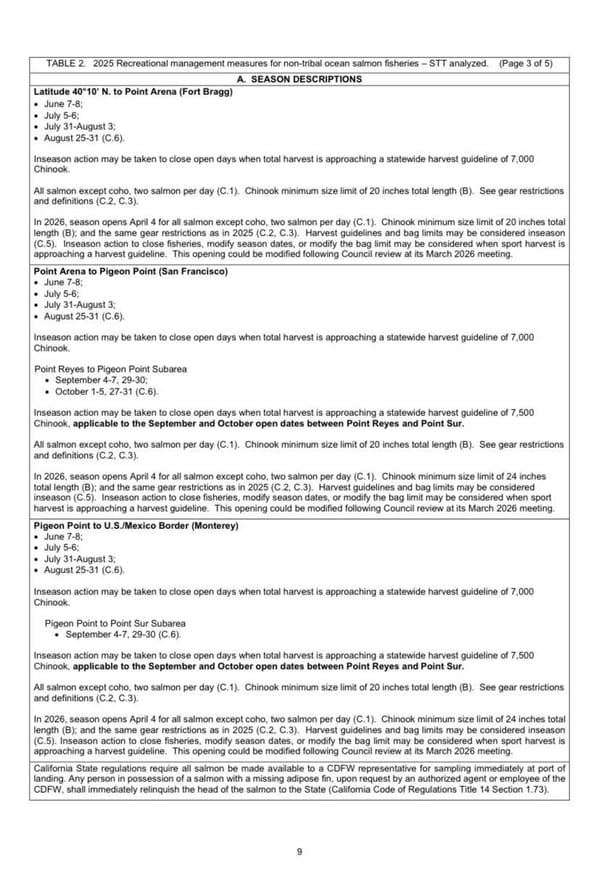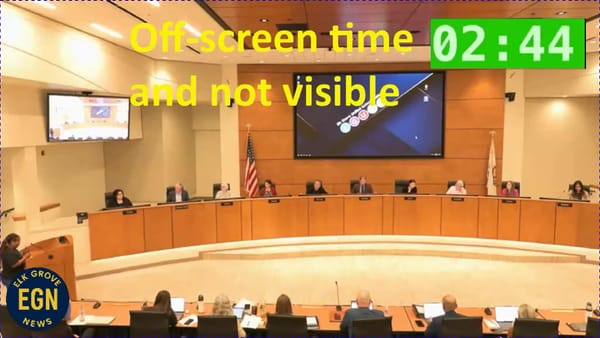Read more

Pardon Me! Moving from authoritarian to dictatorial rule with the stroke of a pen
Mr. Trump could offer blanket immunity to anyone enforcing these or any other blatantly unconstitutional policy, thereby neutering the judicial and legislative processes.

Why Helping LGBTQ+-Owned Businesses Succeed Helps Everyone
From StatePoint.net

CA Commercial Salmon Fishing Closed for Third Year, Very Limited Sport Season Allowed
The testimony of DWR engineer Amardeep Singh states that the DCP will increase water deliveries from the Delta by 22%.

Is the Elk Grove Unified School District suppressing, minimizing citizens' concerns by limiting screen time?
While the comments critiquing the district have varied, one constant has remained - online meeting viewers have limited visibility of speakers.